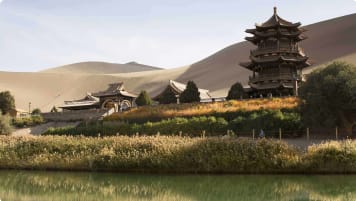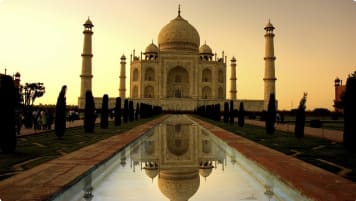Agra, India
Agra, India The Taj Mahal. Tourists come to Agra from all over the world to view the amazing Taj Mahal, one of the world’s most celebrated and iconic buildings. But while the Taj more than…
17 Feb 20 · 3 mins read
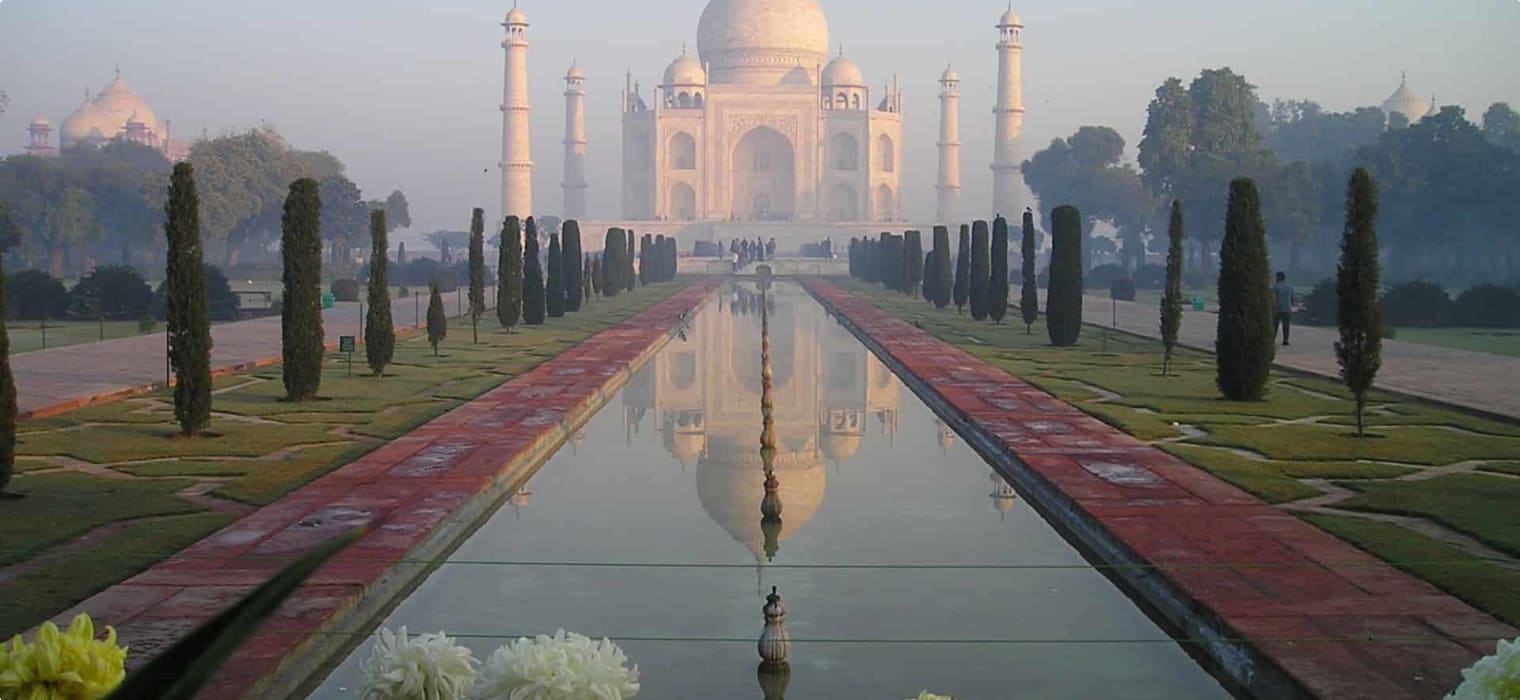
Agra, India

Tourists come to Agra from all over the world to view the amazing Taj Mahal, one of the world’s most celebrated and iconic buildings. But while the Taj more than lives up to the hype, make sure to get off the tourist trail on your Agra visit, and you’ll find a grand Mughal city full of fascinating historic sites.
The city was founded in 1501 by Sultan Sikander Lodi, as the capital of the Delhi sultanate. Just over 20 years later, Emperor Babur defeated the last Lodi Sultan at Panipat, 90 km to the north, and the Mughal dynasty was founded, expanding over swathes of northern India. Agra was the capital of the Mughal Empire during the reigns of Jahangir, Akbar, and Shah Mahan. It was during this period that the city reached its peak of magnificence, with the grand structures of the Taj Mahal and the other mausoleums built along the banks of the Yamuna River.
In 1761, Agra fell to the Jats, a warrior class who looted its monuments – including the Taj Mahal. The city was then passed to the Marathas, before falling under British rule in 1803. In the early 20th century Agra was a centre of heavy industry, but today the city’s main trade is the millions of tourists brought by the Taj Mahal.
The Taj Mahal was built as a mausoleum by the great Mughal emperor, Shah Jahan, to commemorate his favourite wife, Mumtaz Mahal, who died in 1631. Seeking to build a structure that would ‘make the sun and the moon shed tears from their eyes’, the building took over twenty years to complete, and employed over 20,000 workers, with experts being brought from as far afield as Europe to produce the stunning marble work. Following his death in 1666, Jahan was buried alongside his beloved Mumtaz. The Taj Mahal is recognised today as the pinnacle of Mughal architecture and among the most beautiful buildings in the world.
Beyond the Taj, Agra has a host of magnificent buildings. The Agra Fort is one of India’s finest Mughal forts, a palatial complex in red sandstone and marble. Construction began during the reign of Shah Jahan’s grandfather, Emperor Akbar the Great. Jahan transformed the fort into a palace. Ironically his grand creation would become his gilded cage where he was imprisoned for eight years after his son Aurangzeb seized power in 1658. Make sure to visit Jehangir’s Palace, built in a combination of Indian and Central Asian styles by Akbar as a residence for his son and heir.

Akbar is memorialised at his Mausoleum, another architectural masterpiece of beautiful pink-hued sandstone and marble. A huge gate, flanked by four minarets welcomes you in, while the interior is strikingly inlaid in multi-coloured geometric and floral patterns.
Nicknamed the ‘Baby Taj’, the Itimad-ud-Daulah is the resting place of Mizra Ghiyas Beg, a Persian nobleman who was Chief Adviser to Emperor Jehangir, and the grandfather of Mumtaz Mahal. While it lacks the grandeur of the Taj Mahal, it makes up for it in delicate beauty thanks to the intricate marble lattice screens.
Agra is famous for its marble items inlaid with precious stone, similar to that found at the Taj Mahal – to pick some up as a souvenir, head to the local markets in the city center, where you can find fine marble work along with other traditional handicrafts. Animal lovers should also make a day tour to the Elephant Conservation Centre as part of their stay in Agra. Run by Wildlife SOS, an Indian not-for-profit, the centre provides rehabilitation and medical care to wounded elephants. Volunteers are welcome for the day, and visitors may have the opportunity to help prepare the elephants’ lunch.
Located in the state of Uttar Pradesh in India, Agra is easily visited from a number of cities in northern India. The trip from Delhi to Agra by Shatabdi Express railway is only around two hours. It also takes around four hours to travel to Agra from Jaipur by train. A hotel in Agra is an ideal launching spot from which to explore the region, including the sacred city of Vrindavan, held by Hindu tradition to be the childhood home of Lord Krishna.

Articles about India published by Odyssey Traveller.
- India’s Mughal Empire
- Clash of the Mughals and the Marathas
- History of British Rule in India
- Discovering India
- Asian Empires Throughout History
- Top 20 World Heritage Sites You Must Visit
For all the articles Odyssey Traveller has published for mature aged and senior travellers, click through on this link.
External articles to assist you on your visit to India.
- Incredible India
- Learn a craft in India, Asia’s Creative Hub
- 7 Things You Didn’t Know About the Qutub Minar (National Geographic Traveller India)
- UNESCO: Taj Mahal
Related Tours
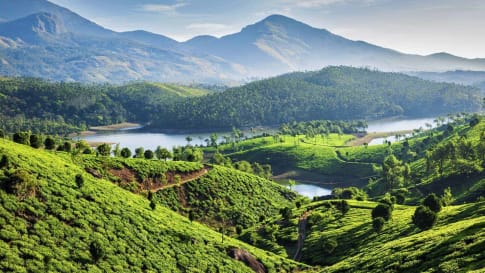
11 days
Nov, Mar, OctIndia Short Tour | Small group tour for seniors
Visiting India
A short small group tour for Mature and seniors couples and solo travellers of India and its icons. Bounded by the majestic Himalayan ranges in the north and edged by an endless stretch of golden beaches. India is a vivid kaleidoscope of landscapes, magnificent historical sites, such as the Taj or red fort royal cities, such Dehli, Jaipur , Agra and Madras colourful people, and rich culture.
From A$9,250 AUD
View Tour
22 days
Nov, MarCultural and History Tour of India | Small Group Tour
Visiting India
Small group tour for mature and senior couples and solo travellers to India. Visiting Delhi and the red fort, Jaipur, Agra and so much more over 22 days explore the world of the Mughal.
From A$12,300 AUD
View Tour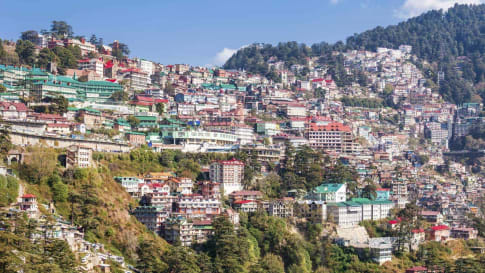
15 days
OctNorth East India small group escorted cultural tour
Visiting India
A unique small group cultural tour visiting the North East region of India, this tour was created for seniors travelling as couples and solo travellers. As we journey through the magnificent landscape and culture we stop to explore Darjeeling, which shares history with Bengal, Sikkim, and Nepal, as well as Tiger Hill, where we witness the changing colours of the sunrise in the Himalayan Range.
From A$9,750 AUD
View Tour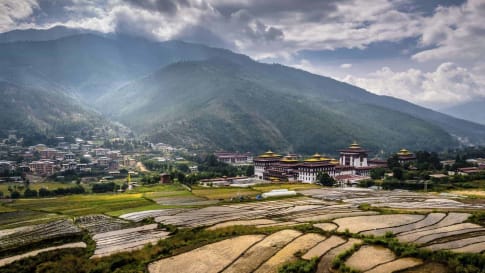
17 days
Sep, AprBhutan | Small Group Cultural Tour
Visiting Bhutan
An unhurried ocean of calm in a crowded continent, Bhutan is scenically magnificent. Join our small group escorted tour and walk up the mountain to the famous Tiger's Nest monastery. The Bhutanese will welcome you to share their distinctive culture, unpolluted environment, and colourful festivals.We explore centuries of Buddhist tradition inherited from Tibet that have shaped this land with art, dance, music, and even medicine shaped by religion.
From A$13,695 AUD
View Tour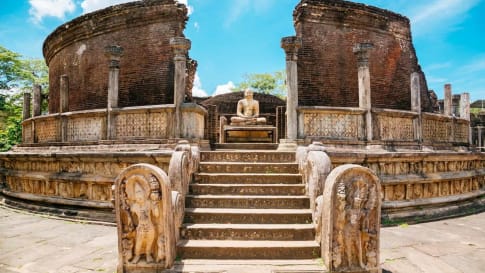
15 days
MarSri Lanka | Culture and History Small Group Tour
Visiting Sri Lanka
A small group tour of Sri Lanka for mature couples and solo travellers is a great introduction to the trading history of the world and "Spice" The centre of the island offers rolling hills, year round cool climate and former British colonial hill stations complete with Tudor hotels, rose gardens and the oldest golf course in Asia. Scattered around the country are National Parks filled with game. The world’s first game reserves were founded in Sri Lanka over 2,000 years ago.
From A$8,250 AUD
View Tour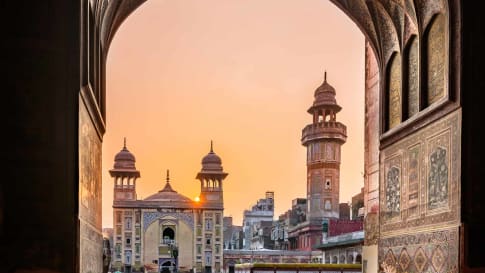
16 days
Mar, OctTour of Pakistan
Visiting Pakistan
This 16-day small group tour for couples and solo travellers explores the long history and colourful culture of Pakistan, and begins in Karachi, Pakistan's largest city, and ends in its vibrant capital, Islamabad, includes Lahore fort and Skardu valley.
From A$9,995 AUD
View Tour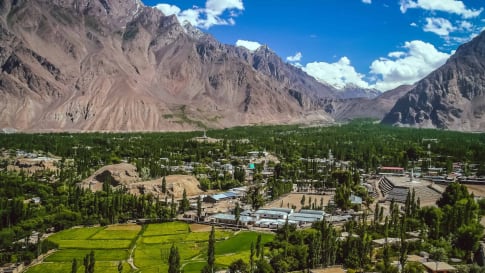
22 days
Mar, Sep, AugTour of Pakistan including Skardu Valley
Visiting Pakistan
This 22-day tour begins much like our 16-day tour of Pakistan, travelling from Karachi to Islamabad with a six-day extension that allows us to further explore the northern parts of the country.
From A$12,350 AUD
View Tour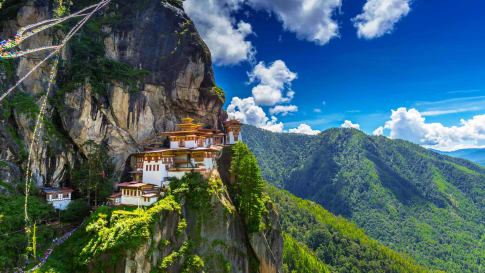
14 days
Nov, AprTour of Darjeeling, Sikkim, and Bhutan
Visiting Bhutan, India
Join Odyssey Traveller on this small group tour in the Indian subcontinent, taking us from the verdant tea gardens of Darjeeling nestled in the Himalayan mountain range, to the hilltop monasteries of the former independent kingdom of Sikkim, and finally to the pristine and beautifully isolated mountain landscape of Bhutan.
From A$12,325 AUD
View Tour